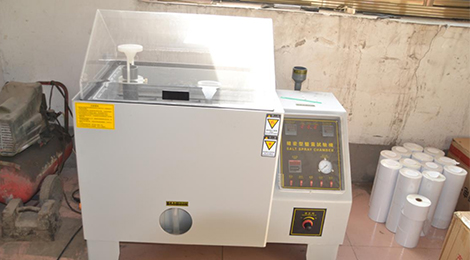Stud Bolt and Nut Components for Industrial Applications and Assembly Solutions
Nov . 17, 2024 01:14 Back to list
Stud Bolt and Nut Components for Industrial Applications and Assembly Solutions
Stud Bolt and Nut Essential Components in Engineering
In the realm of engineering and construction, stud bolts and nuts play a crucial role in ensuring the integrity and stability of structures and machinery. These seemingly simple components are fundamental to a range of applications, from bridges and buildings to automotive and aerospace engineering. Understanding their design, applications, and importance can provide insight into their contribution to modern engineering.
Stud Bolt and Nut Essential Components in Engineering
On the other hand, the nut is a hexagonal piece of metal with a hole in the center that is also threaded. When paired with a stud bolt, the nut is tightened onto one of the threaded ends of the stud, securing it firmly in place. The interaction between the stud bolt and nut is crucial, as it determines the clamping force and load distribution across the connected parts.
stud bolt and nut

One of the key advantages of using stud bolts and nuts is their ability to withstand high levels of tension without loosening. This is especially important in applications like structural steel assembly, where safety and durability are paramount. Additionally, they can be manufactured from a variety of materials, including stainless steel, carbon steel, and alloys, to suit different environmental conditions and mechanical requirements.
In practice, stud bolts and nuts are often used in critical applications such as in pressure vessels, piping systems, and machinery. For instance, in the oil and gas industry, they are employed to connect flanges and joints, ensuring a leak-proof seal that can withstand volatile substances and extreme pressures. Similarly, in the construction of energy plants, robust stud bolts are necessary for securing heavy equipment and infrastructure against vibrations and loads.
Moreover, the installation of stud bolts typically requires specialized techniques. Techniques like torqueing are employed to ensure that the bolts are tightened to the appropriate specifications, preventing excessive tension that could lead to failure. Proper training in these practices is essential for workers in the field to maintain safety and efficiency.
In conclusion, stud bolts and nuts are indispensable components in the engineering landscape. Their ability to provide robust, reliable connections makes them essential in a variety of industries. As engineering continues to advance, the development of new materials and technologies will likely enhance the performance and application of these fasteners. Understanding their significance not only highlights their role in current engineering practices but also emphasizes the importance of ongoing innovation in this foundational area of construction and manufacturing.
Latest news
-
Premium Phosphated Drywall Screws Supplier | Durable, Rust-Resistant
NewsAug.27,2025
-
Reliable Wire Bolts Suppliers | Quality Zinc Plated Fasteners
NewsAug.26,2025
-
Wire Bolts Suppliers: Durable & Reliable Fasteners for Every Project
NewsAug.25,2025
-
Premium Cabinet Bolts Supplier | Wholesale & Custom Solutions
NewsAug.24,2025
-
Reliable Axle Nuts Supplier | Quality & Precision Fasteners
NewsAug.23,2025
-
Durable Bolts for Lawn Mower Handle - Top Supplier & Manufacturer
NewsAug.22,2025
